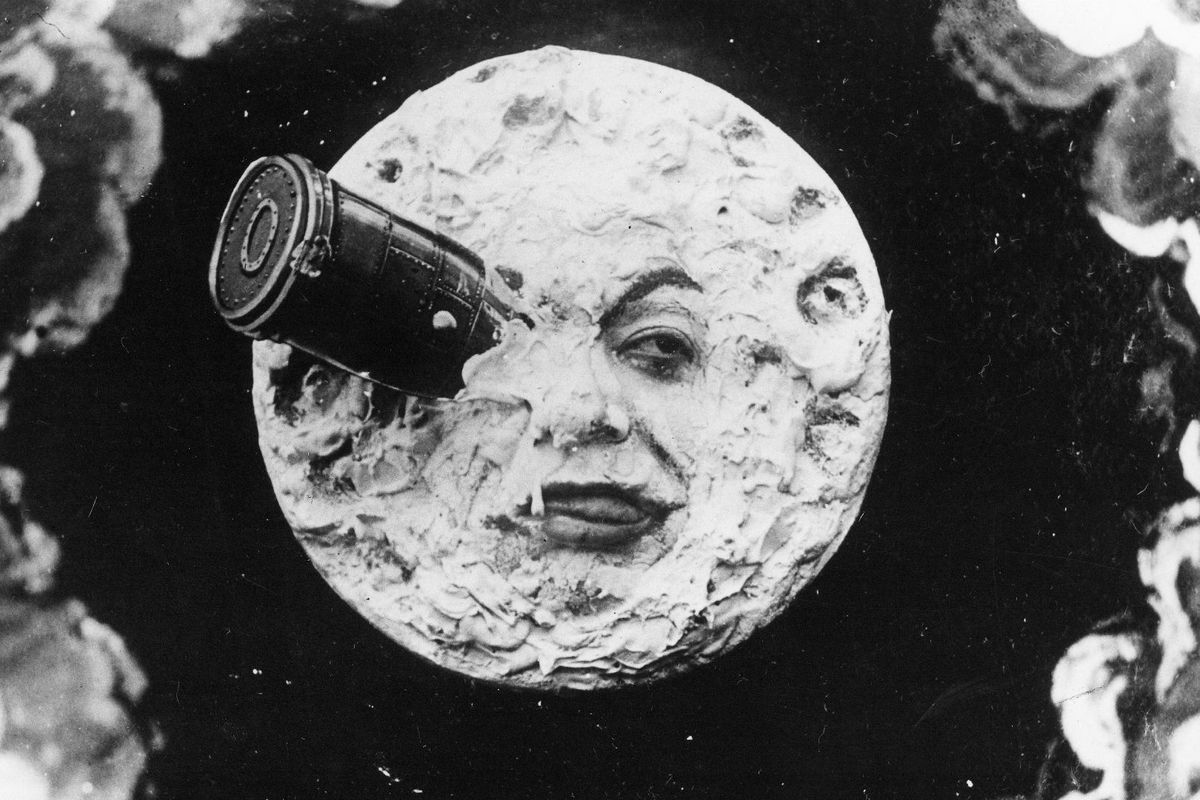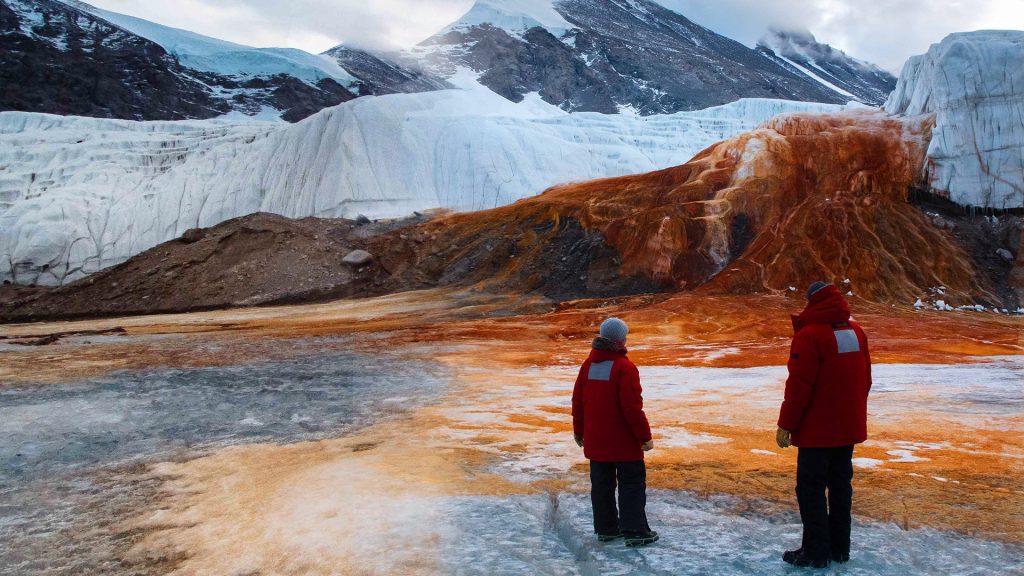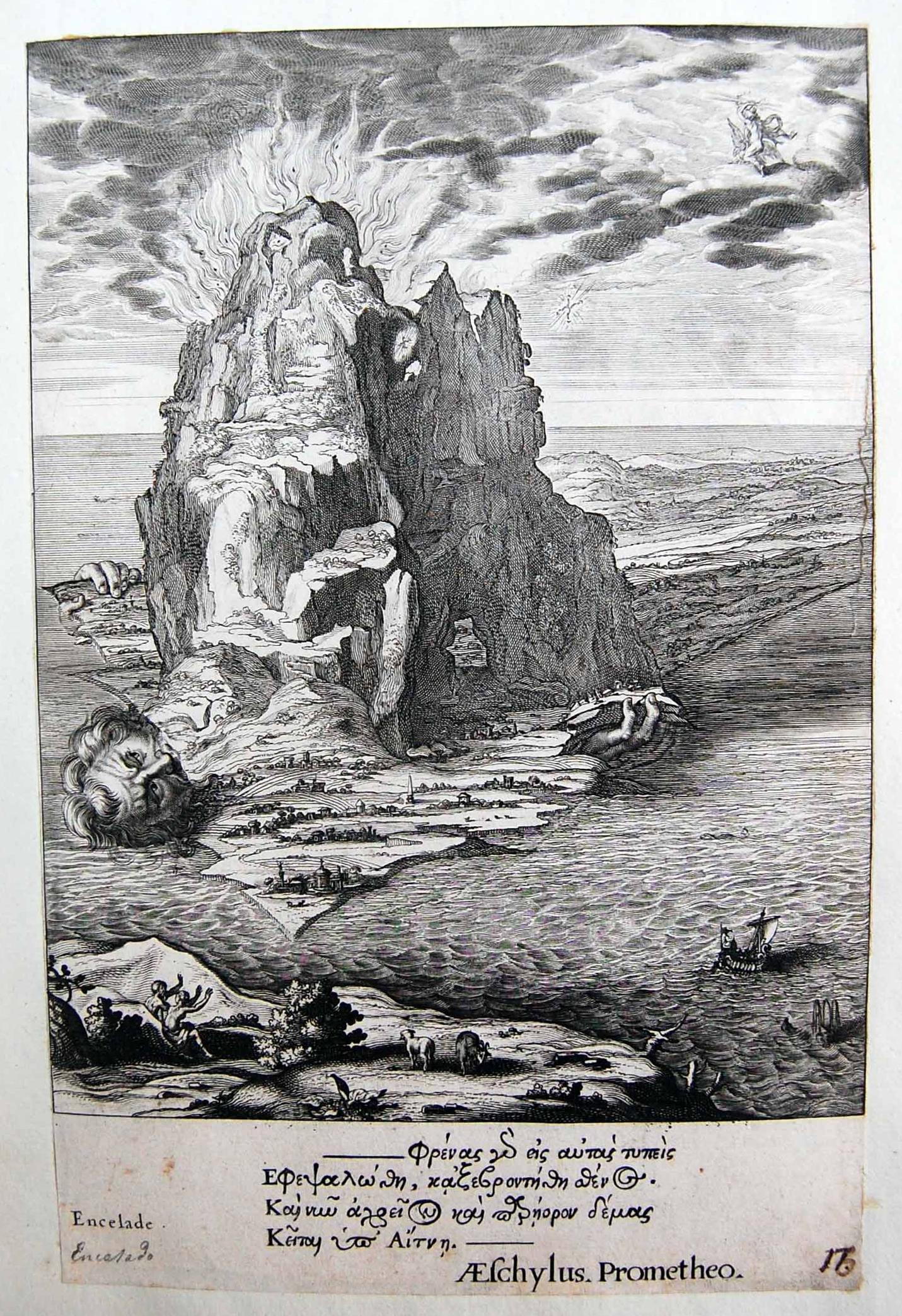How do you envision the moon? What does it mean to you? Due to science, the vast majority of people understand, on a basic level, the inner workings of the moon. Even though you may not think about it, your perception of the moon is likely influenced by scientific explanations of its many parts learned in school or passed down through your parents. The expansion of human knowledge and discovery has done quite a lot for media. The moon has gradually lost its whimsy and charm as we learned more about it. The moon is not a large, grand force anymore, like in Georges Méliès’ A Trip to the Moon, but it is simply a feature of a landscape or a location in a film about scientific phenomena. This is why A Trip to the Moon appears to be so influential, it not only was revolutionary because of Méliès’ use of innovative film techniques and being considered the first sci-fi film, but it created a story for the moon where science didn’t at the time. From A Trip to the Moon (1902) to First Man (2018), the moon has changed greatly.
| Creator | Directed, written, and produced by Georges Méliès (1861-1938) |
| Media Form | Silent Film |
| Genre | Science Fiction, Fantasy |
| Technique | Kinetoscope, double exposure, split screen, dissolve |
| Date and Location of Creation | September 1, 1902, France |
| Publication Information | Published under Star Film in 1902, a brand created by Méliès under the title Le Voyage dans la Lune |
| Natural Phenomenon Represented | The Moon |
In A Trip to the Moon by Georges Méliès, the first we see of the moon is a personified, fantasy version of the moon. The moon has a face and the rocket, which is shot out of a cannon, lands right in its eye. The moon has an irritated scowl. From where the astronomers land, they leave the rocket to examine their surroundings and, on the overtly theatrical, hyperbolized version of the moon, they encounter strange moon people (apparently called Selenites). They then proceed to capture one and return to earth with it. Something else to note is that the other celestial bodies are also personified as they have faces and people associated with them in the film. They return to earth with a splash into a gaudy depiction of the sea and what lies beneath. In the fictional world Méliès has created, the astronomers and their feat is celebrated by many.
As we all know, because of scientific feats that have occurred since 1902, there are no moon people or related fantasy creatures. Rockets also don’t get shot out of a cannon into space. The difference between our current generation and Méliès’ generation is that we understand these facts and are less inclined to try and explain what would occur if we landed on the moon. The understanding that celestial bodies are masses of miscellaneous matter is widespread and taught in schools. (At least from my experience.) The man who leads the crew of astronomers on their mission, played by Méliès himself, is completely fictitious.
In creating this piece, Méliès infers and exaggerates what the moon is or will be like. Considering the personification, it’s likely Méliès makes the assumption that celestial bodies are just like us and can host smaller creatures, also like us. For added effect, the moon is damaged and appears to be irritated following the landing of the rocket. Because of the effects of personification, the watcher feels a connection with the celestial bodies and is likely to gain a greater understanding of them if they are presented as humans or human-like beings. Méliès depiction of the moon extends beyond just showing the moon as a little white circle in the sky, but it allows the watcher to associate with it and watch in awe. I struggle to not refer to the moon as “he” or “him” because it has such an emotive face in the film. In addition, as stated before, the moon is shown as being just like our planet, with its own people and foliage. We can further connect to the moon as watchers due to this fact. Would we be just as angry and the people on the moon if someone invaded our planet? Something to think about, but something impossible to know. (As of right now.)
Méliès also personifies the moon’s fiery counterpart, the sun, in his film The Impossible Voyage made just two years later.
Méliès’ use of innovative and new film techniques and his grand, theatrical style cemented his legendary status as a filmmaker. Early film techniques and aspects of live shows weren’t enough for Méliès as he “sought to present spectacles of a kind not possible in live theatre.” From the Start of his life in 1861 to the end of his life in 1938, he was very prolific, after making 500 films in total and funding, directing, photographing, and starring in almost every one.
A Trip to the Moon has inspired many different pieces of media. Some popular examples are the music video for “Tonight, Tonight” by the Smashing Pumpkins and the book, The Invention of Hugo Cabret by Brian Selznick; The latter having a film counterpart.
Méliès impact on the world of film and on me, writing this right now, is greater than he will ever know. But hopefully his art continues to be consumed lovingly and interpreted by many. Shine on, Méliès. Like the sun, continuous light source for the moon:
Shine on forever, Shine on benevolent sun
TOOL, “Jambi”
A Trip to the Moon © 2023 by Nya Long is licensed under CC BY 4.0




